The Role of Fish Identification in Combating Illegal, Unreported, and Unregulated (IUU) Fishing
The oceans provide a lifeline for billions of people around the world. Whether through food security, employment, or ecological stability, sustainable fisheries play an irreplaceable role in global well-being. But beneath the surface lies a mounting crisis: Illegal, Unreported, and Unregulated (IUU) fishing. It’s a complex threat that not only jeopardizes marine ecosystems but also destabilizes coastal economies and undermines legitimate fishing industries.
One of the most underappreciated tools in the fight against IUU fishing is fish identification. As unassuming as it may sound, the ability to accurately recognize and classify fish species across regions, life stages, and appearances can make or break enforcement efforts, conservation strategies, and supply chain transparency.
Let’s dive deeper into how fish identification is being used to curb IUU fishing and how modern technologies are enhancing this vital task.
The Global Cost of IUU Fishing
IUU fishing is responsible for up to 26 million tons of fish caught annually, representing losses of up to $23 billion in value. These unauthorized operations often ignore quotas, violate protected areas, use destructive gear, and avoid regulatory oversight. The results are damaging and far-reaching—overfished stocks, habitat degradation, and collapsing coastal economies.
Despite the scale of the issue, law enforcement and regulatory bodies frequently struggle to detect illegal activity. In remote oceanic zones or busy ports, verifying whether a fish was caught legally requires more than a quick glance. That’s where robust, accurate fish identification systems come into play.
Fish Identification as a Line of Defense
When fisheries inspectors examine a catch, correct fish identification allows them to determine whether the species is permitted, whether it’s in season, and whether it’s of legal size. These details are crucial, especially when poachers attempt to pass off protected or juvenile species as something else entirely. Mislabeling, whether intentional or accidental, is a common tactic used to mask IUU activities.
But accurate identification isn’t just needed at sea. Across processing plants, shipping docks, and international marketplaces, the ability to verify fish species helps ensure that consumers and regulators alike can trust what’s on the label.
From a legal standpoint, fish identification strengthens chain-of-custody documentation, enhances customs enforcement, and supports international trade regulations like those enforced by CITES and regional fisheries management organizations (RFMOs).
Challenges in the Field
Traditional fish identification methods rely on morphological traits such as fin shape, coloration, and body structure. While effective in controlled environments, these methods can become tricky when fish have been filleted, frozen, or partially processed. In such cases, visual cues are limited, and misidentification becomes more likely.
Field officers, especially those working in resource-strained nations, may not always have access to comprehensive species guides or training. Additionally, fishers themselves might not recognize protected species, especially juveniles that look vastly different from adults.
In these scenarios, a technological assist is often the only way forward.
How Modern Tech Is Changing the Game
Emerging tools powered by the latest technologies are redefining fish identification. These solutions can scan a fish in real time and cross-reference its features with large datasets to determine the species with impressive accuracy.
Mobile apps and handheld scanners allow onboard inspectors to rapidly validate species identities—even under challenging conditions. These systems can also integrate with GPS and timestamping tools to create verifiable digital logs of catches.
The Broader Impact on Sustainability and Supply Chains
Effective fish identification isn’t just a tool for enforcement. It’s also a foundational element of sustainable fisheries management. When governments and scientists can correctly identify species in catch data, they gain a more accurate picture of stock health and ecosystem balance.
That data fuels better policymaking—whether it’s setting quotas, designating marine protected areas, or rebuilding endangered populations. It also improves transparency for consumers, who are increasingly demanding traceability in the seafood they buy.
Retailers and restaurants are beginning to prioritize supply chain partners who can provide verifiable sourcing information. This creates positive pressure across the industry to adopt better traceability protocols, of which fish identification is a critical part.
The Role of Private Sector Innovation
As the push for sustainable and ethical seafood gains momentum, private tech companies are stepping up to offer scalable solutions. That’s where VodaIQ comes in.
Tech That Makes Every Fish Count
At VodaIQ, we understand that accurate fish identification is more than a scientific exercise. It’s the backbone of modern fisheries compliance, resource conservation, and global seafood integrity. Our advanced fish recognition software blends AI, machine vision, and real-time analytics to bring clarity where it matters most—on boats, at docks, and across the supply chain.
With intuitive tools designed for field use, VodaIQ empowers inspectors, processors, and suppliers to identify species instantly, record data reliably, and verify catch legitimacy on the go. Whether you’re combating IUU fishing or building trust with eco-conscious customers, our solutions are tailored to your needs.
Join the wave of smart fisheries management. Discover VodaIQ’s suite of tools today and make every catch count—legally, sustainably, and transparently.

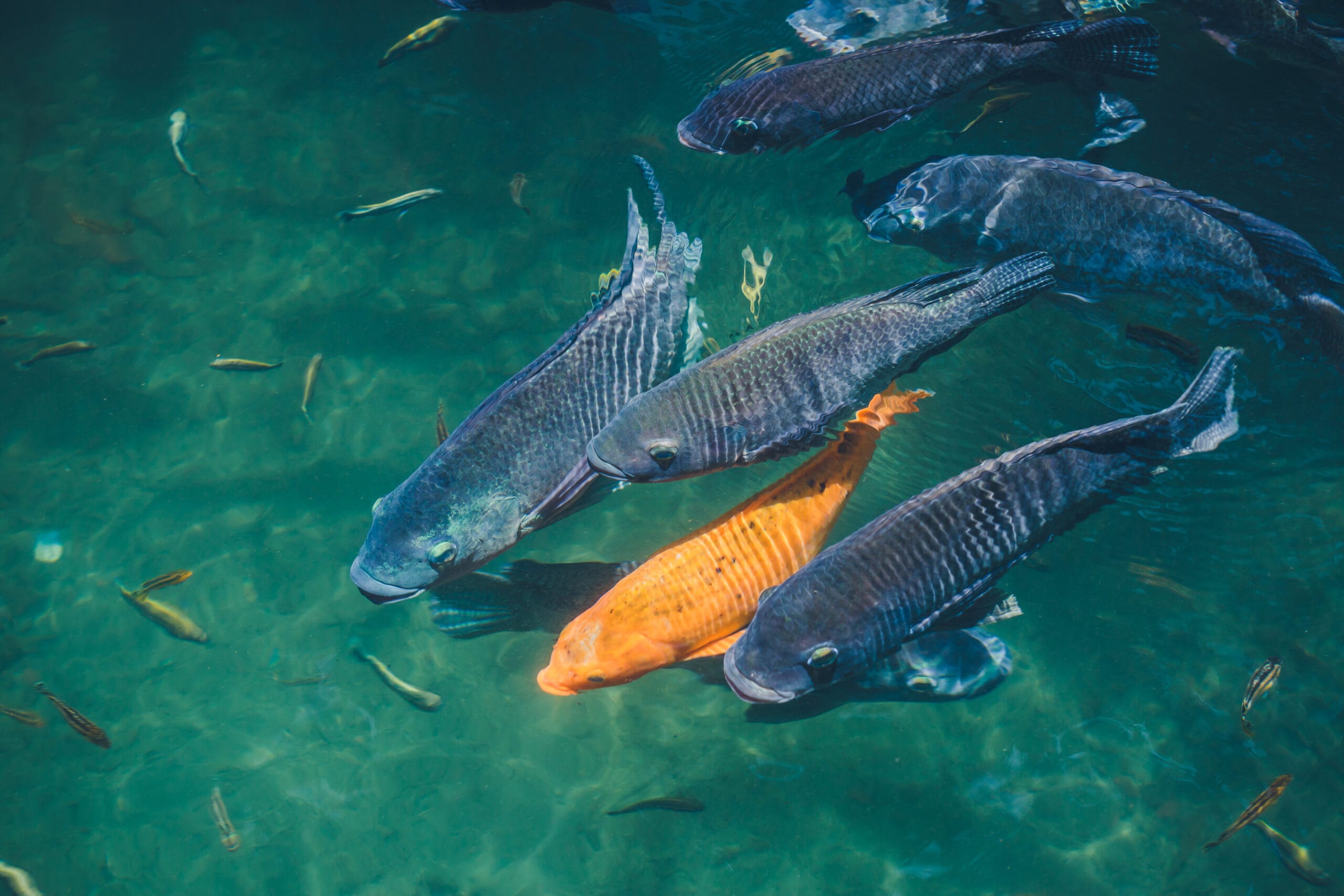
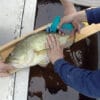

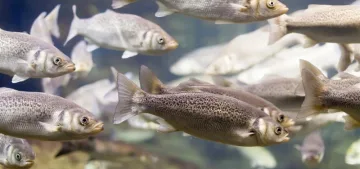

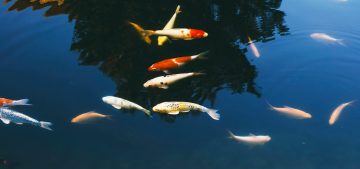
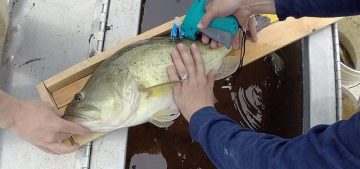
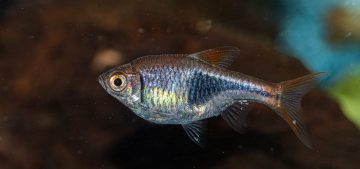
Add comment